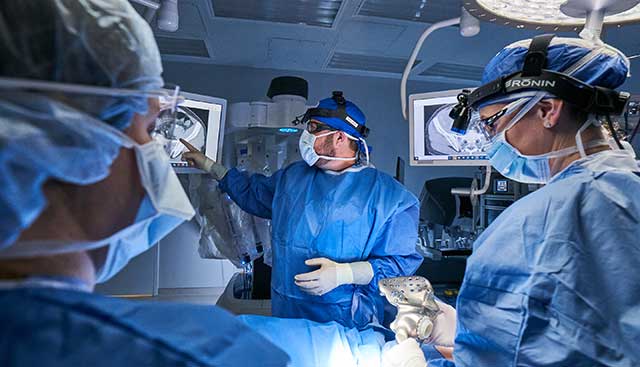
Types of Sarcoma, a Deeper Look at a Few of the Subtypes
Sarcoma accounts for approximately 1% of all malignancies. It is a rare heterogeneous form of cancer but there are dozens of diverse types of sarcomas. In fact, over 70 subtypes each with their own symptoms, prognoses and recommended treatment paths making a sarcoma diagnosis elusive and often overlooked for up to a year or more before a suitable referral or correct diagnosis is made.
Despite this heterogeneity, sarcoma can be divided into two main groups. Most sarcomas develop in the muscles, tendons, blood vessels or other soft tissues of the body, and are known as soft tissue sarcomas. A smaller number of sarcomas develop in the bone and are known as bone sarcomas.
Soft Tissue Sarcomas
The majority of soft tissue sarcomas start in the extremities (45%), followed by intra-abdominal organs (38%), trunk (10%) and head and neck (5%). A lump may grow over several weeks or months, and a patient may not experience pain or other symptoms until the tumor is quite large. If the sarcoma grows internally, it can press on blood vessels, nerves, or nearby organs, which may produce symptoms such as pain, trouble breathing or inability to tolerate food, or may present as a visible or palpable lump.
Some specific subtypes of soft tissue sarcoma include:
- Angiosarcoma (Vascular sarcoma), which arises from the cells that create the walls of blood cells or lymphatic vessels
- Dermatofibrosarcoma protuberans (DFSP), which develops in skin
- Epithelioid sarcoma, a soft-tissue tumor that often originates under the skin of a finger, hand, forearm, lower leg or foot
- Gastrointestinal stromal tumors, which arises from cells in the intestinal wall of the GI tract
- Leiomyosarcoma, which arises from the smooth muscles, often within blood vessels of the extremities, abdomen, and pelvis
- Liposarcoma, which develops in fatty tissue
- Undifferentiated Pleomorphic Sarcoma, which can arise anywhere in the body
- Synovial sarcoma, which develops near the joints and tendons
Bone Cancers
Bone sarcoma symptoms are more consistent with bone pain and swelling that may get worse at night, or with stress, restricted movement in a joint or pain that has been unresponsive to initial attempts to remedy though massage or chiropractor. Bone sarcomas, can affect children and young adults, and form in the cells that make hard bone tissue:
- Chondrosarcoma, develops from cartilage cells
- Ewing's sarcoma, develops from immature soft tissue or bone cells
- Osteosarcoma, develops from cells that create bones
- Rhabdomyosarcoma, develops from cells that create skeletal muscles
One of the inherent difficulties with sarcoma is that screening is not helpful due to the rarity of the diagnoses. Also, because the tumors are not related to environmental or dietary factors, there is nothing to do to prevent the formation of this cancer. One of the primary factors for prognosis of a patient with sarcoma is the grade of the tumor at diagnosis. Sarcomas can be mistaken for an abscess, a hematoma or a lump of fat, and subsequently first treatment attempts specifically at surgery can often lead to complications or reduce outcomes versus being correctly diagnosed at onset.
As a rule of thumb, any mass the size of a golf ball (>3cm) should be considered for a potential sarcoma diagnosis and referred to a specialist for evaluation before any intervention is started.
The Sarcoma Department at Moffitt is a multispecialty group focused on the treatment and cure of patients with all rare diagnoses that fall within the spectrum of bone and soft tissue neoplasms. Outcomes are far better for patients with sarcoma when they receive care from a team of doctors at a high-volume center such as Moffitt.
As a unified team that includes radiologists, pathologists medical, surgical, orthopaedic, and radiation oncologists, we have the expertise required for optimal outcomes in such rare malignancies. Furthermore, our surgical expertise allows us to offer novel surgical approaches for tumors that are often deemed unresectable before referral
If you'd like to refer a patient to Moffitt Cancer Center, complete our online form or contact a physician liaison for assistance. As part of our efforts to shorten referral times as much as possible, online referrals are typically responded to within 24 - 48 hours.
